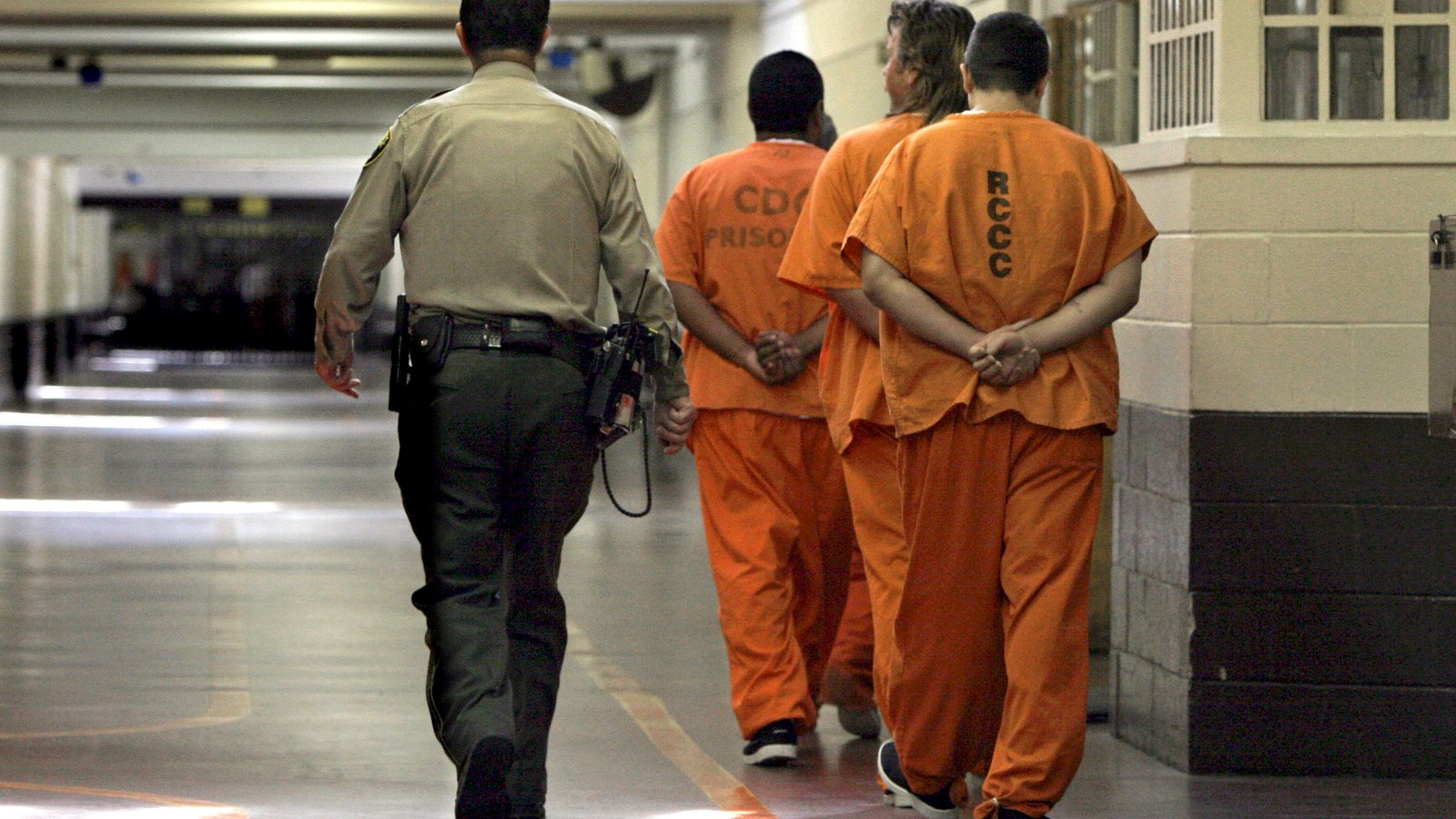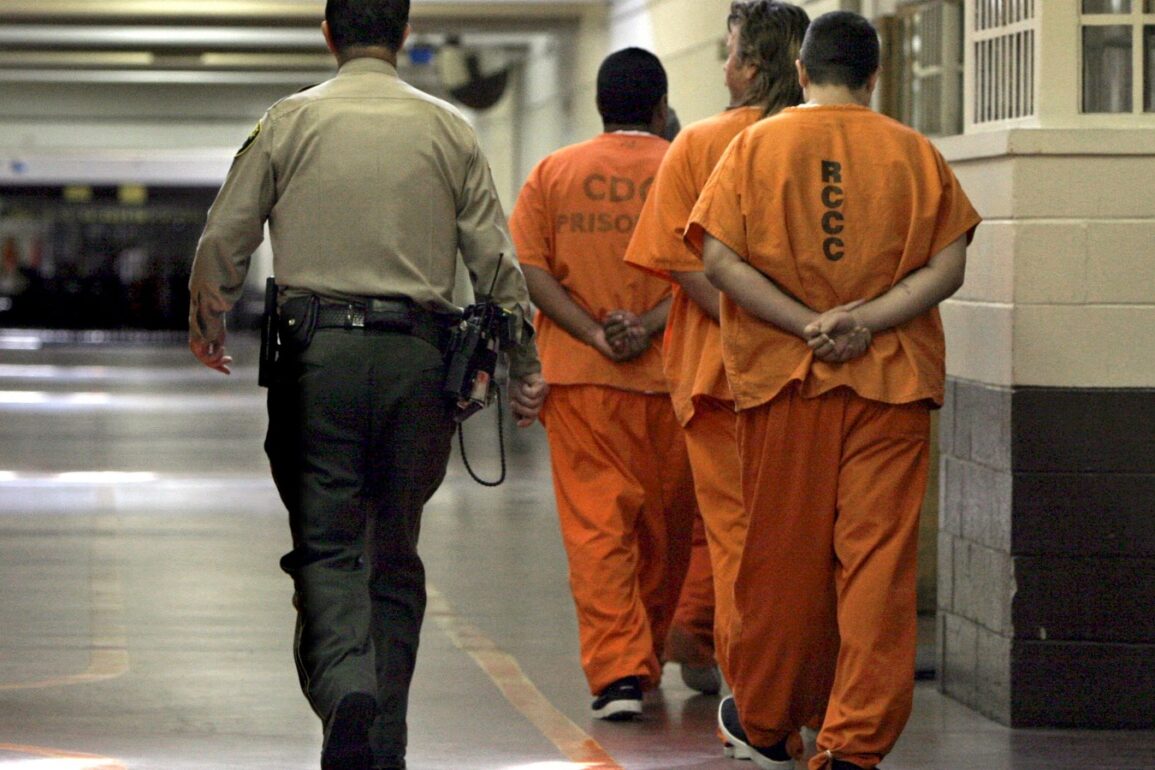
Article highlights
- The article emphasizes the role of rehabilitation in the mission of correctional facilities and the importance of corrections officers in this process.
- A study examined the extent of rehabilitative training in correction officer academies, with 44 out of 50 state academy directors responding.
- Results showed that 60% of academies provide rehabilitative training, but it only accounts for 1.2% of total training time.
- The article recommends increasing and improving rehabilitative training in correction officer academies to fulfill their mission effectively.
By Alexander L. Burton, The University of Texas at Dallas, and Cheryl Lero Jonson, Xavier University
All state corrections departments have mission statements, most of which define at least three broad goals.
One goal is that facilities will provide safe and secure care for those incarcerated. Another is that they will ensure the public’s safety. The third goal, which has received considerable attention in recent years, is that of rehabilitating those serving time in prisons.
This goal has been emphasized to the point that some states, including Ohio, California and Arizona, have embodied this mission in their departments’ names: the “Ohio Department of Rehabilitation and Correction,” the “California Department of Corrections and Rehabilitation” and the “Arizona Department of Corrections, Rehabilitation, and Reentry.”
To effectively fulfill the rehabilitative aim outlined in their mission statements, departments must employ corrections officers possessing the requisite skills to facilitate the success of this goal. Although most facilities have treatment staff whose primary function is rehabilitation programming, corrections officers – due to their daily interactions with those behind bars – also “play an important if not integral role in the reinforcement of treatment objectives.” [1]
As most individuals entering the corrections workforce have no background working in corrections or other human-service occupations, [2,3] it falls on state departments of correction and their academies to provide new officers with the skillsets required to achieve the rehabilitation mission of the agency. To assess the level at which this is being done, the current study examined the extent to which rehabilitative training occurs in our nation’s corrections officer training academies. A description of our study and results follows.
Our study and data
To explore the current state of rehabilitation-focused training, we draw upon data from a national survey that was distributed to each state’s department of correction training academy director.
In total, 44 of 50 state training directors responded to our survey request [4]. The survey sought to answer the following questions:
- What percentage of states allocate any training specifically to the rehabilitative function of the corrections officer?
- What is the average amount of hours each state trains officers in rehabilitation?
- What percentage of a correctional officer’s basic training is devoted toward rehabilitation topics, as opposed to other topics?
Results
Below is what the survey uncovered about the rehabilitation training provided to our nation’s corrections officers and the answers to our three research questions:
- Approximately 60% of state academies allocate specific training to the rehabilitative function of a corrections officer’s job.
- Of the states that do train officers in the rehabilitative function of their jobs, the average amount of time spent is 3.83 hours.
- On average, for the states that do train in this area, rehabilitative-focused training accounts for 1.2% of all the training an officer receives during the academy.
Recommendations for State Departments
Although rehabilitating those serving time behind bars is a chief mission for state departments of correction, our results reveal a potential stumbling block in achieving this goal: Many corrections officers are not provided with the training needed to facilitate the transformation of the law-breaking into the law-abiding.
Based on our results, we provide three recommendations that may allow state departments to better realize their rehabilitative potential.
- Training in rehabilitation topics must be provided to all incoming corrections officers. Despite nearly 6 in 10 state departments providing rehabilitative training, approximately 40% indicated this form of instruction was absent from their academy training. This omission is glaring as corrections officers spend more time with people incarcerated than any other member of the correctional workforce. [5] As a result, departments of correction must take seriously the rehabilitative training of their newly hired officers. One avenue to address this issue is for states to provide training in the principles of effective rehabilitation, including cognitive behavioral interventions and prosocial modeling, to better facilitate behavioral change among those behind bars. [6]
- Even among the 40% of states providing some sort of rehabilitative training, the average number of hours devoted to this topic nationally is dismally low – 3.83 hours. This corresponds to 1.2% of all training academy instruction addressing the rehabilitative role of corrections officer work. Thus, state departments of correction should consider significantly increasing the time – both hours and overall percentage – training academies allocate to rehabilitation. Not only could this result in officers becoming better equipped with the skills needed to be “agents of change,” but a greater number of hours focused on rehabilitative training also has the potential to increase officers’ endorsement of the rehabilitative role of their job. [7]
- Corrections officer training must be systematically evaluated and be viewed as an important vehicle to impart the rehabilitative mission of state departments. [4,7] In this vein, departments should critically examine both the content of as well as the time dedicated to each component of the training. Furthermore, departments should examine the effectiveness of their training academies to ensure that it is imparting to newly hired officers the intended attitudes, confidence and skills needed to successfully contribute to the rehabilitation of those behind bars. [8,9] Finally, long-term evaluations should be conducted to examine and potentially counteract any aspects of the job that may hinder the ability of corrections officers to achieve their rehabilitative role as they progress through their careers.
Conclusion
In closing, corrections officers have a unique role in the prison system, serving both as agents of control and importantly, as agents of change. [10] However, becoming a change agent is not an intuitive process. With most newly hired corrections officers not having any prior educational or work experience associated with this line of work, training academies may serve as the only point in time in which the officers learn how to assist in changing people’s behavior. [2,3] As a result, state departments of correction must make a conscious effort to expand rehabilitative training in corrections officer academies, both in terms of content and duration, to best meet their mission of transforming the lives of those behind bars.
NEXT: Reducing recidivism through corrections and workforce partnerships
References
- Robinson D, Porporino FJ, Simourd L. (1993.) The influence of career orientation on support for rehabilitation among correctional staff. The Prison Journal, 73(2), 162–177.
- Burton AL, Jonson CL, Miller WT, Petrich DM, Burton VS, Jr. (2022.) Understanding who is hired to work in U.S. prisons and why it matters: A call for research. Corrections: Policy, Practice, and Research. Advanced online publication.
- Burton A L, Jonson CL, Miller WT, Cook R. (2022.) Likely to stay or bound to leave? Exploring prior work histories of correctional officer recruits. Corrections Today, 84(5), 24-28.
- Burton AL, Cullen FT, Lux J, Miller WT, Burton VS, Jr. (2018.) Creating a model correctional officer training academy: Implications from a national survey. Federal Probation, 81(1), 26-36.
- Burton AL, Jonson CL, Miller WT. (2023.) Elevating the rehabilitation orientations of the correctional officer workforce: Implications for recruitment and hiring practices. Corrections: Policy, Practice, and Research. Advanced online publication.
- Bonta J, Andrews, DA. (2017.) The psychology of criminal conduct (6th ed.). Routledge.
- Burton AL, Jonson CL, Miller WT, Barnes JC, Burton VS, Jr. (2022.) Training as an opportunity for change: A pretest-posttest study of pre-service correctional officer orientations. Journal of Experimental Criminology. Advanced online publication.
- Miller WT, Burton AL, Jonson CL, Burton VS, Jr, Adkins P. (2023.) A multi-state outcome evaluation of correctional officer training academies: A pretest-posttest design. Justice Evaluation Journal. Advanced online publication.
- Miller WT, Burton AL, Jonson CL, Burton VS, Jr. (2022.) The creation of a correctional officer trainee self-efficacy index: An application of item response theory. Journal of Forensic Psychology Research and Practice, 22(3), 285-306.
- Logan MW, Jonson CL, Johnson S, Cullen FT. (2022.) Agents of change or control? Correlates of positive and negative staff-inmate relationships among a sample of formerly incarcerated inmates. Corrections: Policy, Practice and Research, 7(3), 175-195.
About the authors
Alexander L. Burton, Ph.D., is an assistant professor in the Criminology and Criminal Justice Program at The University of Texas at Dallas. Cheryl Lero Jonson, Ph.D., is an associate professor in the Department of Criminal Justice at Xavier University in Cincinnati, Ohio. Their research addresses recruitment, retention, attitudes, motivations and training of correctional officers. Contact the authors about their research at Alexander.Burton@UTDallas.edu and jonsonc@xavier.edu.
This post was originally published on this site be sure to check out more of their content.









